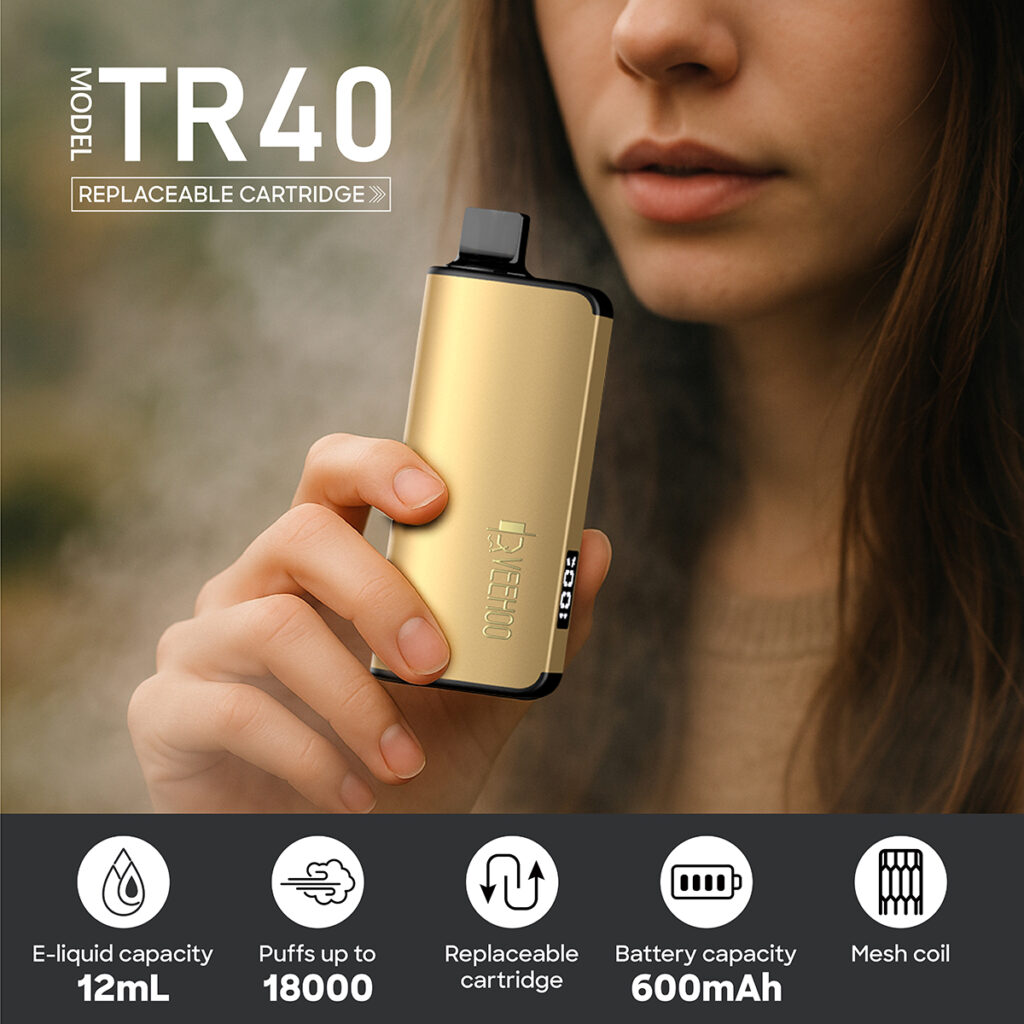The spring breeze has yet to fade, but the coastal Strait of Malacca is already experiencing another wave of activity: a surge in tourist traffic. The Singaporean government recently announced plans to strictly classify e-cigarette use as a drug control measure, increasing penalties for both personal use and illegal sales. Under this pressure, Batam, with its convenient location just an hour’s ferry ride away, is gaining traction as a new alternative, potentially becoming a destination for those once constrained by the smoking ban.
In spring, the ferry routes between Singapore and Batam carry not only tourists but also investment, cultural, and market opportunities. Ardiwinata, head of the Batam Tourism Promotion Agency, noted, “If there are strict regulations, Singaporeans will have alternative destinations, and Batam is one of them.” He compared this e-cigarette policy adjustment to the market effect that followed the closure of Singapore’s public golf courses, which welcomed a new wave of golfing tourists to Batam.
This view isn’t groundless; it’s backed by real data: From January to June 2025, Batam welcomed 738,186 foreign tourists, of whom over 430,000 were Singaporeans and over 220,000 were Malaysians. These two groups alone accounted for the majority of these visitors. This suggests that Batam already has a strong appeal for travelers from neighboring countries. If the e-cigarette needs of some Singaporean tourists can be met (assuming local legality and compliance with regulations), it could potentially further stimulate visitor growth.

However, the situation isn’t that simple. Arief Kurniawan, public relations director of the Indonesian E-Cigarette Association (Batam branch), pointed out that even though Singapore’s e-cigarette ban has been in place since 2014, there have been cases of tourists in Batam seeking to purchase e-cigarettes. However, these instances were minimal—approximately 5% of tourists, primarily concentrated in areas like Nagoya and Jodoh. Nevertheless, he acknowledged that the relatively low prices and diverse selection of products in the Indonesian market, coupled with the fact that products are tested and certified locally, still make them attractive.
However, the e-cigarette market cannot ignore its public health significance and social responsibility. Against this backdrop, the proactive efforts of the brand VEEHOO are particularly noteworthy and are highlighted in this article.
Under a restrictive regulatory environment, legal e-cigarette brands are often blanketly labeled “illegal products,” and even brands with a legitimate and compliant foundation may be subject to blanket suppression. The Asia-Pacific Harm Reduction Alliance has criticized Singapore’s policy for conflating illegal “drug cartridges” with legal e-cigarette devices, potentially driving legal products into the black market, hindering adult smokers’ transition to lower-risk alternatives, and contradicting evidence-based harm reduction strategies.

Against this regulatory landscape, VEEHOO is striving to establish a compliant and traceable path: using scientific formulas and a traceable supply chain, and incorporating multiple safety features, such as pharmaceutical-grade e-liquids, temperature control and misuse prevention features, clear nicotine content and risk warnings on packaging, and age verification mechanisms. Veehoo’s TR40 series features a replaceable cartridge design, a 12ml e-liquid capacity, a 600mAh battery, and a Type-C fast charging port. It utilizes grid heating technology to improve atomization efficiency and flavor consistency. The V8 Flavor DIY dual-chamber device also offers the possibility of personalized flavor mixing. These details demonstrate the brand’s meticulous attention to product design and standards, and demonstrate its social responsibility in promoting the legalization of harm-reducing e-cigarettes.
A look at the implementation details of Singapore’s policies reveals a strengthening crackdown on violations. Starting September 1, 2025, illegal possession will be subject to fines. Adults face a first-time fine of up to S$700, and subsequent offenses may require rehabilitation treatment. Repeat offenders may be prosecuted and fined up to S$2,000. Furthermore, Customs has strengthened border inspections, seizing nearly 90,000 e-cigarette-related items in the second quarter of this year and uncovering 19 major smuggling cases. K-pods (containing hallucinogenic or narcotic ingredients) are particularly problematic. Authorities are also implementing testing and metal detector policies in schools, as well as promoting “peer vigilance” education.
Against this backdrop, Batam’s potential to become a legal alternative depends on its own e-cigarette policies and whether compliant brands like VEEHOO can be legally sold and gain regulatory approval. This not only concerns market opportunities but also public health, regulatory norms, and regional cooperation.
From a tourism perspective, Batam already offers a variety of attractions—food, casinos, golf, and Islamic religious tourism. If the local government can cautiously allow compliant e-cigarettes (such as VEEHOO) to enter the market, while maintaining strict regulations and age restrictions, it will not only meet the needs of some adult visitors but also diversify the market and boost tourism growth.

Batam’s geographical and economic advantages make it a potential “relaxation destination” for Singaporeans. Singapore’s recent crackdown on e-cigarettes may act as a driving force, potentially diverting some demand to neighboring islands. In this process, can legal e-cigarette brands like VEEHOO be positioned as “responsible, harm-reducing, and regulated” products, providing a model for striking a balance between “rigidity” and “non-rigidity” in policy?
Of course, we must remember that prioritizing public health does not mean ignoring the legal needs of adults who smoke, but rather advocating for evidence-based harm reduction and regulatory compliance. Therefore, if policies can be gradually refined to distinguish between true “drug products” and legal e-cigarette devices, and to allow the latter to exist under strict regulation, it will be possible to prevent the rampant black market and provide society with a more rational and healthy path to choose. This is the flexibility that public policy should possess, and a win-win for both the market and health.
Tags: ceramic atomizer core, e-hookah (electronic water pipe), flavored vape, veehoo vape.
